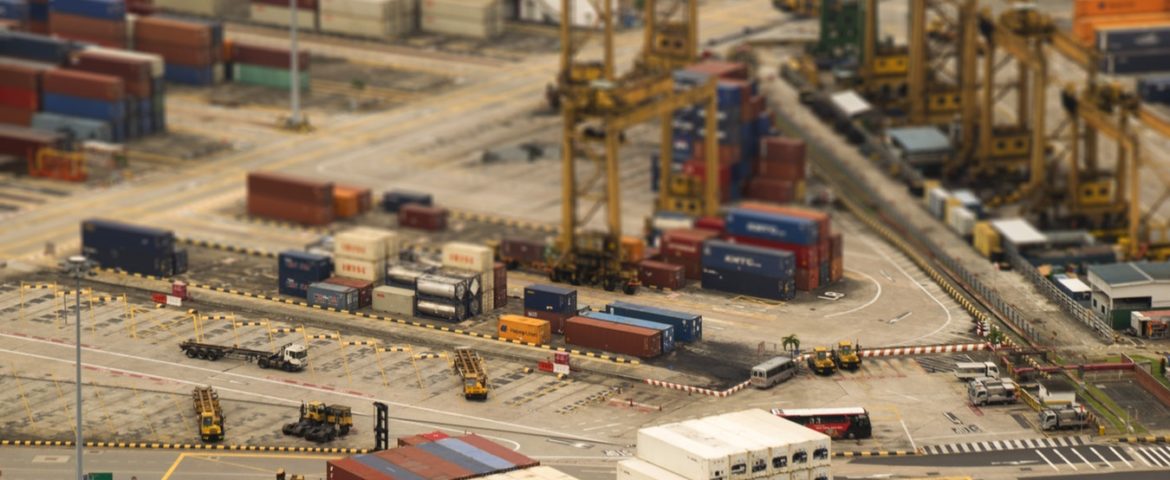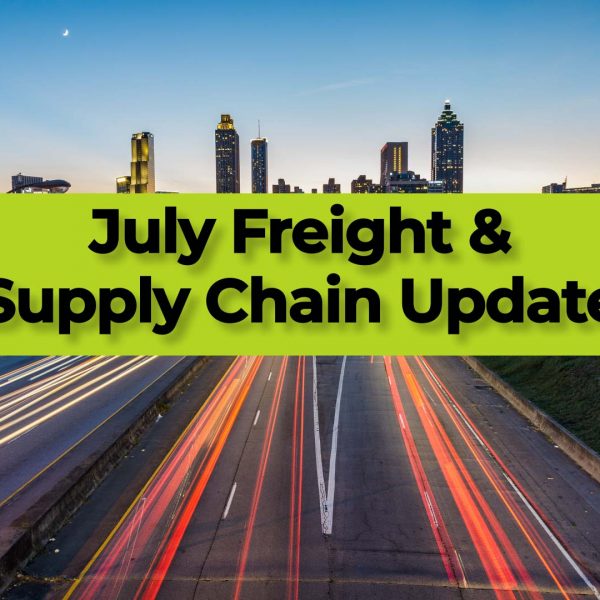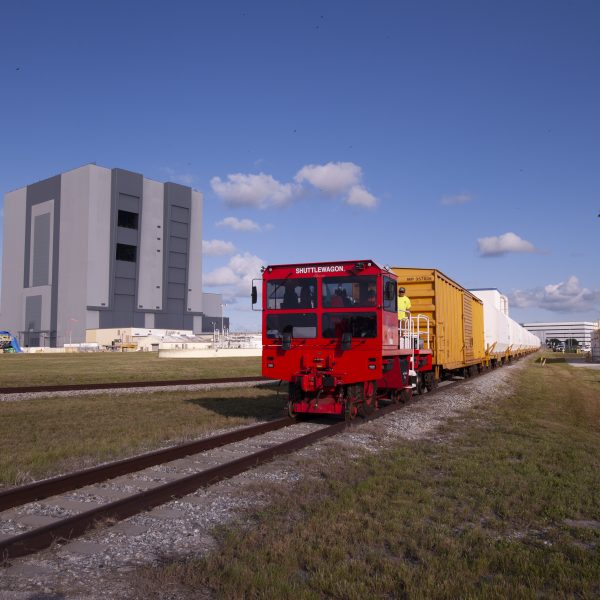When it comes to the logistics that power your company’s growth there can be a lot of questions on any shipper’s mind. The industry is so large that there are many potential solutions to any problem and understanding as many solutions as possible can be a dramatic advantage.
Intermodal transportation is one such solution that many shippers have yet to try.
Intermodal typically involves the transfer of containers from a ship then to a train and finally onto a truck to the final destination, for domestic moves a truck is used for first and last mile (known as drayage ) then a rail carrier provides the long haul portion of the trip.
What are the advantages of intermodal transportation?
Intermodal transportation is generally more cost effective than over the road trucking on routes greater than 800 miles. Just like OTR trucking, pricing can vary seasonally and certain lanes will be more competitive than others.
Intermodal shipping perhaps more importantly can provide guaranteed capacity during trucking shortages, which gives you as a shipper the (relief) of knowing that your cargo will move when it needs to move.
Beyond the advantages that you the shipper receive, intermodal also has important community and environmental benefits. A single intermodal train on a US class one railroad can easily haul a 100 plus containers, thus taking 100 OTR trucks off the public highway which increases highway safety for passenger vehicles and reduces highway congestion.
Railroads are 3-4 times more fuel efficient than trucks with some claiming that they can move one ton of cargo, one hundred miles using as little as one gallon of diesel fuel.
These public benefits are a major driver behind numerous public private partnership initiative building new inland port facilities.
When is intermodal a solution for your supply chain?
Intermodal has benefitted from a tremendous amount of industry investment over the preceding decades and provides a reliable and efficient alternative to long haul trucking. If your business moves cross country loads or loads that travel from a port a thousand or so miles inland, then intermodal is right for you.
Often shipper will use intermodal and trucking jointly as a solution on high density lanes, thus providing a balance and the security of a more diverse supply chain. While trucks can generally beat the transit time of a intermodal move by a small margin, the guaranteed capacity of intermodal more than makes up for the slower transit especially when used in combination with OTR trucks on time sensitive lanes.
In short look at the density of your shipping lanes over 800 miles with special attention paid to those originating out of port cities, these will prime candidates for intermodal.
How do you ship intermodal?
Shipping intermodal freight is easier than you think. Railroads generally do not sell their services directly to beneficial cargo owners, so you’ll need to work with a third party provider.
Make sure to choose a intermodal provider that is known for its customer service, has the level of visibility that you want and has the technology needed to make the shipment process as hassle free as possible. Most intermodal providers will arrange a door to door that provides the level of service needed. Just like with trucking you can choose a spot price or if you have dedicated volume on a lane, long term contract pricing will make more sense.
The weight limit is slightly different for intermodal transportation than over the road trucking, simply due to the more stoutly built intermodal container and the independent intermodal chassis being around one ton heavier than a standard dry van. The maximum weight load for a standard domestic intermodal container is 42,500 pounds which is 2,500 lower than the max dry van weight.
The most common form of intermodal equipment domestically are 53 foot dry vans, but refrigerated containers are also readily available as are 45 and 48 foot containers and for international shipments 40 and 20 foot containers are used.
Due to the vibrations experienced on a railroad container well car and the slack of the train running in and out when accelerating and braking, railroads require shippers take special precautions to insure the cargo remains undamaged. This sounds complicated but is actually a simple exercise in bracing and blocking your cargo to prevent unwanted movement. Your intermodal provider will help guide you through this step.
Once the shipment is on its way, you can check tracking and shipment progress very similarly to trucking moves.
Think your freight is good fit for intermodal?
If you have any questions about intermodal transportation in general or how it can help your business don’t hesitate to reach out to us!
We are always happy to help analyze your lanes and check the feasibility and potential cost savings of converting some to intermodal transportation. Zmodal is a third-party multimodal logistics provider providing intermodal, rail and trucking services that has built our own digital intermodal logistics platform to make your job easier!
For us, service, convenience, tracking and data are of upmost importance and we have built our own cutting edge technology to achieve this. As a shipper you can contact us the old fashioned way or log into our advanced digital portal to search routes, intermodal rate quotes and book loads. Our platform is the easiest and quickest way to book any intermodal route within minutes. We also provide comprehensive data analytics for your shipments which provide actionable and objective insights into your supply chain.
Stay tuned for more updates from Zmodal and an upcoming video featuring content from this post. If you need any help moving freight give us a call! Moving freight has never been easier with our digital intermodal and trucking platform that is used as a customer shipment dashboard for our customers!




Comment